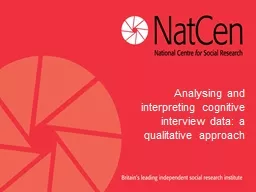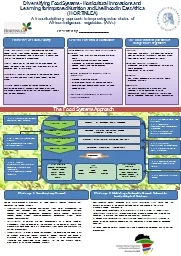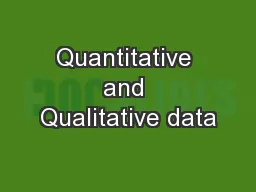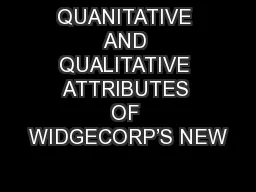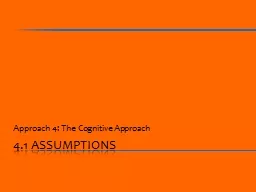PPT-Analysing and interpreting cognitive interview data: a qualitative approach
Author : cheryl-pisano | Published Date : 2018-11-23
Presentation structure background aims and objective of QT design of cognitive interviews review of methods of analysis NatCen approach issues for discussion Background
Presentation Embed Code
Download Presentation
Download Presentation The PPT/PDF document "Analysing and interpreting cognitive int..." is the property of its rightful owner. Permission is granted to download and print the materials on this website for personal, non-commercial use only, and to display it on your personal computer provided you do not modify the materials and that you retain all copyright notices contained in the materials. By downloading content from our website, you accept the terms of this agreement.
Analysing and interpreting cognitive interview data: a qualitative approach: Transcript
Download Rules Of Document
"Analysing and interpreting cognitive interview data: a qualitative approach"The content belongs to its owner. You may download and print it for personal use, without modification, and keep all copyright notices. By downloading, you agree to these terms.
Related Documents

